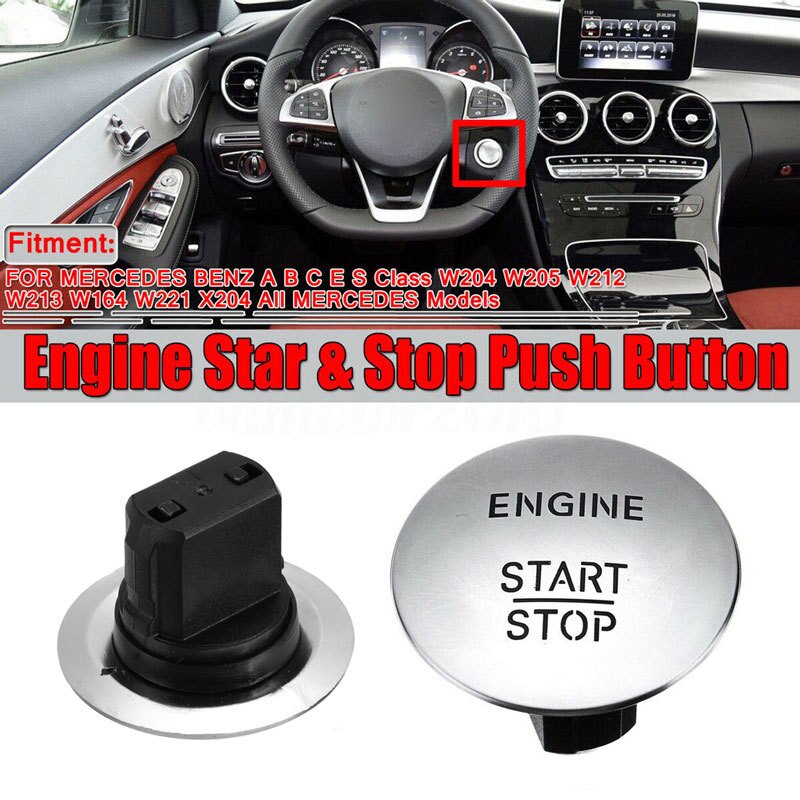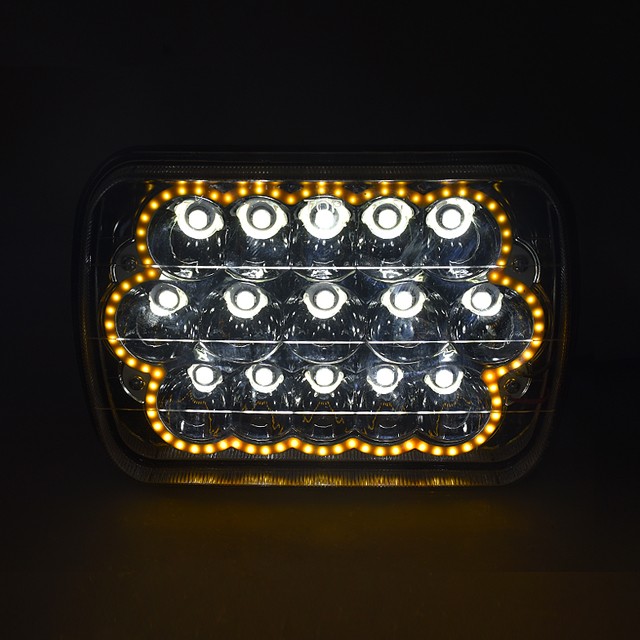
Is push-button ignition safer?
Vehicle starting systems have evolved significantly since their inception. When cars first came out, you had to manually crank the engine using a knob at the front of the engine bay. The next step used a lock-and-key system in which an electric starter cranked the engine to make it run. This ignition system has been used for decades with modifications and design changes to ensure reliability and safety.
Latest developments in the field of ignition
Over the past two decades, security systems have evolved to the point where only one particular chip in close proximity allows the engine to be started. Microchip technology has enabled the next step in the development of automotive ignition systems: push-button keyless ignition. In this style of ignition, the key only needs to be held by the user or in close proximity to the ignition switch in order for the engine to start. The driver presses the ignition button, and the starter is supplied with the power needed to crank the engine.
Is it safer without a key?
Keyless push-button ignition systems are safe and can only be started by someone with a key fob. Inside the key fob is a programmed chip that is recognized by the car when it is close enough. However, a battery is required, and if the battery runs out, some systems will not be able to initialize. This means that you can have a keyless ignition key fob and your car still won't start.
While keyless ignition systems are very safe, a keyed ignition system will only fail if the key stem is broken. Car keys with a security chip in the key head do not require a battery and will most likely never fail.
Keyless ignition systems are more reliable to operate, although keyless push-button ignition cannot be said to be of poor design. They provide increased security and approach the mechanical reliability of a keyed ignition.
